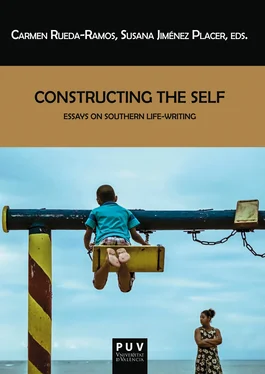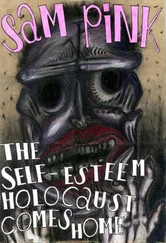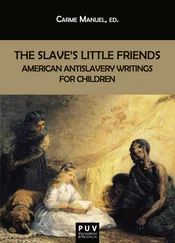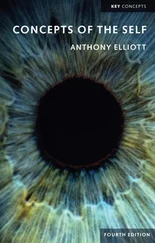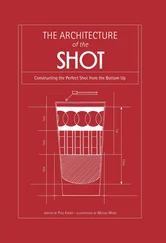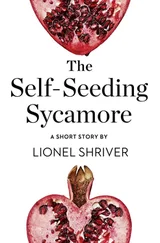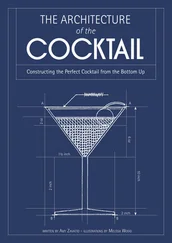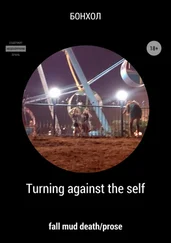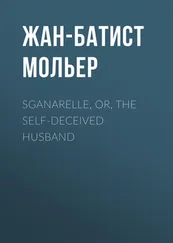In Working with the Hands , Washington attempted to answer such criticism by enlarging upon an idea that he had only briefly developed in Up From Slavery : that industrial education involved not merely the training of the hands but rather the simultaneous training of the hands, head, and heart. A significant shift in Washington’s conceptualizing of industrial education takes place in this text. In earlier works, Washington had often posed traditional academic education against manual training, as when he often asked what possible use there could be in teaching students mired in abject poverty how to speak French. While Washington’s educational program did not of course altogether ignore traditional education, its focus was always on mastering a trade, not an academic discipline. In Working with the Hands , however, there is a more integrated vision of academic and industrial education, with the two areas working together to create well-rounded, skilled craftsmen. “Mere hand training, without thorough moral, religious, and mental education, counts for very little,” Washington declares in the preface. “The hands, the head, and the heart together, as the essential elements of educational need, should be so correlated that one may be made to help the others. At the Tuskegee Institute, we find consistently that we can make our industrial work assist in the academic training, and vice versa ” (v).
Throughout Working with the Hands , Washington points to many ways that academic and manual training together build upon each other. Washington asserts that even the most rudimentary manual training—such as making one’s bed properly, brushing one’s teeth after meals—teaches students the “habits of applied industry” (22) which lay the foundation for success not only in skilled hand training but also in the academic classroom. Moreover, by grounding intellectual pursuits in real-world situations, as was done at Tuskegee, Washington argues that students receive a deeper grasp of the world about them, making them more enthusiastic about learning. “There was,” Washington observes, “a great difference between studying about things and studying the things themselves, between book instruction and the illumination of practical experience” (12). Washington notes how certain fields of scientific study are particularly suited for helping students learn particular tradescraft—biology for those studying gardening and plant cultivation, physics for those studying construction, chemistry for those working with pesticides, solvents, and fertilizers—but he points out that even academic fields with no obvious practical connections are engaged in productive interplays with shop education. Writing was taught at Tuskegee, for instance, as if the students were apprentices learning a craft through hands-on training: first by learning the working principles of the language and then by applying those principles in assignments that were practiced until made perfect. Assignments were often geared toward understanding practical work, as when a student in a broom-making class wrote an essay (cited by Washington) imagining herself as a broom and describing how she was made.
At one point in Working with the Hands , Washington characterizes Tuskegee’s students as “artisans” (95), a designation that points to another way for understanding the reformist thinking underlying Washington’s industrial education: that its educational philosophy shares ties with the Arts and Crafts Movement that was popular both in England and the United States during this time. While it is probably going too far to designate Washington, as Michael Bieze does, as “Ruskin in the Black Belt” (“Ruskin in the Black Belt” 24), Bieze nonetheless makes a convincing case that Washington was aware of the Arts and Crafts movement and deliberately drew from it, not only to promote himself and Tuskegee, but to humanize the image of black workers and to promote the importance of manual labor for well-being. Evidence of Washington’s ties with Arts and Crafts thinking abounds. A number of Washington’s books, for instance, were lavishly laid out in with recognizably Arts and Crafts designs, contextualizing Washington and industrial education visually, if not specifically, within the Movement. Washington also published in The Fra , the magazine of Elbert Hubbard, an Arts and Crafts proponent and organizer of a workers’ community in Aurora, NY. The Arts and Crafts aesthetic—whose central idea, as Bieze points out—was the “harmonious interplay of labor, art, and morality” ( Booker T. Washington 87), certainly dovetailed with Washington’s ideals, with both foregrounding the idea that, in their dedication to craft, artisans transformed themselves and their world. Both movements, moreover, combined utopian idealism with down-to-earth practicality, suggesting that the rituals of everyday lives could themselves be forces for social change.
It is not hard to imagine Washington recognizing the subversive potential offered by Arts and Crafts thinking, even if he did not openly discuss it in his writing. (As far as I know, Washington never commented on Ruskin or other Arts and Crafts’ theorists, though apparently Ruskin was on the reading list for Tuskegee students.) Arts and Crafts proponents, and most particularly William Morris and his followers, saw the movement as offering an alternative social and economic order, one based on a “new industrialism” that focused not on machine production but on the work of craftsmen, who represented the redeeming values of labor, education, and craft, three attributes always touted by Washington. Eric Gill, a British artist and a leading Arts and Crafts proponent, observes in his autobiography that in his commitment to the Arts and Crafts Movement he had sought to create an alternative order, “a cell of good living in the chaos of our world” that would go far “towards re-integrating bed and board, the small farm and the workshop, the home and the school, earth and heaven” (299). Likewise, Washington saw Tuskegee as a safe space for black youth where a similar type of reintegration could take place. Over the long term, Washington hoped that one sort of reintegration would lead to another and broader one: that of blacks within southern society.
That the very act of making itself embodies moral values, and thus possesses the power to humanize both the maker and the world at large, is an idea central to Washington’s conception of industrial education and social change. The title of the first chapter of Working with the Hands is “Moral Values of Handwork,” and in that chapter—and indeed the entire book—Washington discusses how meaningful labor is indeed meaningful: it simultaneously engages head, heart, and hand; or put another way, it engages intelligence, morality, and artisanship. In some ways, this three-way engagement is the foundation of Washington’s most far-reaching and subversive tactic for dismantling the racist structures of southern society, far exceeding that of his public advocacy of economic cooperation between the two races.
The insights of Elaine Scarry help us to understand Washington’s subversive strategy. As Scarry discusses in her magisterial The Body in Pain: The Making and Unmaking of the World , the act of making involves a dual motion, one in which the makers of things project their humanity into the artifact and then receive back the creative force of the object. For this reason Scarry designates the artifact as a lever, “for the object is only a fulcrum or lever across which the force of creation moves back onto the human site and remakes the makers” (307). Scarry describes a two-step process in which acts of making carry the makers forward in endless cyclical progression of uplift. The cycle begins, Scarry writes, after
Читать дальше
